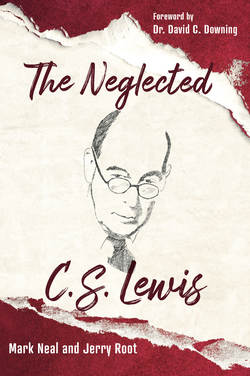Читать книгу The Neglected C. S. Lewis - Mark Neal - Страница 26
На сайте Литреса книга снята с продажи.
6. THE PROBLEM OF EMBELLISHMENTS
ОглавлениеHere’s another objection Lewis has to Tillyard’s position. An author often “proceeds … partly by following the tradition of his predecessors, but very largely by the method of trial and error; and the result, when it comes, is for him, no less than for us, an acquisition, a voyage beyond the limits of his personal point of view, an annihilation of the brute fact of his own particular psychology rather than its assertion.”59
For Lewis, literary embellishments occur when an author builds his story on stories that came before. How should one distinguish between an author’s voice and the voices of those from which the author has drawn? For example, in Shakespeare’s Troilus and Cressida, how would one distinguish between Shakespeare and Homer’s Odyssey from which Shakespeare borrowed? Or Virgil’s, when he wrote the Aeneid? Or Boccaccio’s when he wrote The Decameron? This point is made over and over in Lewis’s work on the nature of embellishments—see The Discarded Image,60 “The Genesis of a Medieval Book” and “Imagination and Thought in the Middle Ages,” both in Studies in Medieval and Renaissance Literature;61 and in “What Chaucer Really did with Il Filostrato” from Selected Literary Essays.62
